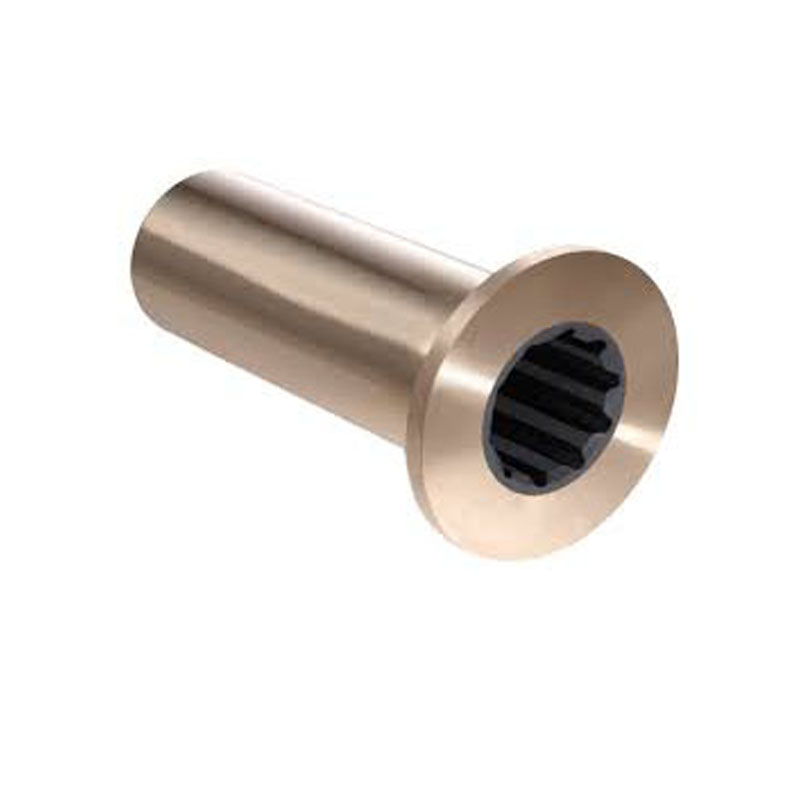crankshaft main oil seal
Understanding Crankshaft Main Oil Seals Importance, Function, and Maintenance
The crankshaft is a vital component of an internal combustion engine, converting the linear motion of the pistons into rotational motion that ultimately drives the vehicle's wheels. One of the critical elements surrounding the crankshaft is the crankshaft main oil seal. This component plays an essential role in maintaining engine health and performance, and understanding its function and maintenance is crucial for vehicle owners and mechanics alike.
Function of the Crankshaft Main Oil Seal
The primary function of the crankshaft main oil seal is to prevent engine oil from leaking out of the crankcase while simultaneously keeping harmful contaminants from entering. Positioned at both ends of the crankshaft, the seal ensures a tight fit that protects the engine’s internal environment. As oil circulates through the engine, lubricating vital parts and reducing friction, the seal maintains the necessary pressure and volume of oil within the crankcase.
Without a properly functioning oil seal, engine oil can leak, leading to a drop in oil levels, increased wear on engine components, and significant engine damage over time. Furthermore, leaks can lead to environmental contamination and create a safety hazard due to oil dripping onto hot engine parts or the ground.
Signs of a Failing Crankshaft Main Oil Seal
Monitoring the crankshaft main oil seal’s performance is essential for preventative maintenance. Here are several signs that may indicate the seal is beginning to fail
1. Oil Leaks The most obvious indicator of a failing oil seal is visible oil leaks around the crankshaft area or the oil pan. If you notice oil pooling beneath your vehicle, it is vital to inspect the crankshaft seal and surrounding components.
crankshaft main oil seal

2. Increased Oil Consumption If you find yourself frequently adding oil between changes, it may be due to a failing seal allowing oil to escape.
3. Oil Pressure Drop A significant drop in oil pressure can also indicate an issue with the oil seal, as the loss of oil can impact the engine's lubrication system's efficiency.
4. Engine Performance Issues Poor engine performance, unusual noises, or increased exhaust emissions can signal that oil is not circulating properly due to a compromised seal.
Maintenance and Replacement
Regular maintenance checks can help catch potential issues before they turn into significant problems. Checking your engine oil level regularly and keeping an eye out for leaks can alert you to early signs of a potential failure. If an oil leak is detected, it is critical to have the crankshaft main oil seal inspected and, if necessary, replaced.
Replacing a crankshaft main oil seal can be a challenging task, often requiring a significant amount of disassembly in the engine. It is advisable to consult with a professional mechanic to ensure that the replacement is performed correctly to avoid further damage.
Conclusion
The crankshaft main oil seal is a small but essential component of your vehicle’s engine. By preventing oil leaks and maintaining proper engine lubrication, this seal plays a critical role in supporting overall engine performance and longevity. Regular inspections and proactive maintenance can help extend the life of your crankshaft seal and ensure your engine runs smoothly and efficiently. Addressing any signs of failure promptly can save you from costly repairs down the line and keep your vehicle operating at its best. Remember, a well-maintained oil seal contributes significantly to the overall health of your engine.
-
Understanding Automotive Oil Seals: Essential Components for Engine and Shaft Protection
News Jul.30,2025
-
The Importance of Heavy Duty Seals in Industrial and Residential Applications
News Jul.30,2025
-
Exploring Industrial Oil Seals: From Felt Oil Seals to TTO and CFW Solutions
News Jul.30,2025
-
Essential Guide to Oil Seals: From Radial to Metal-Cased Seals for Industrial Reliability
News Jul.30,2025
-
Choosing the Right Oil Seals and Gaskets for Industrial and Automotive Applications
News Jul.30,2025
-
Cassette Seals: Durable Sealing Solutions for Harsh Environments
News Jul.30,2025
-
Understanding the Front Main Engine Seal: Purpose, Maintenance, and Installation
News Jul.29,2025
Products categories















